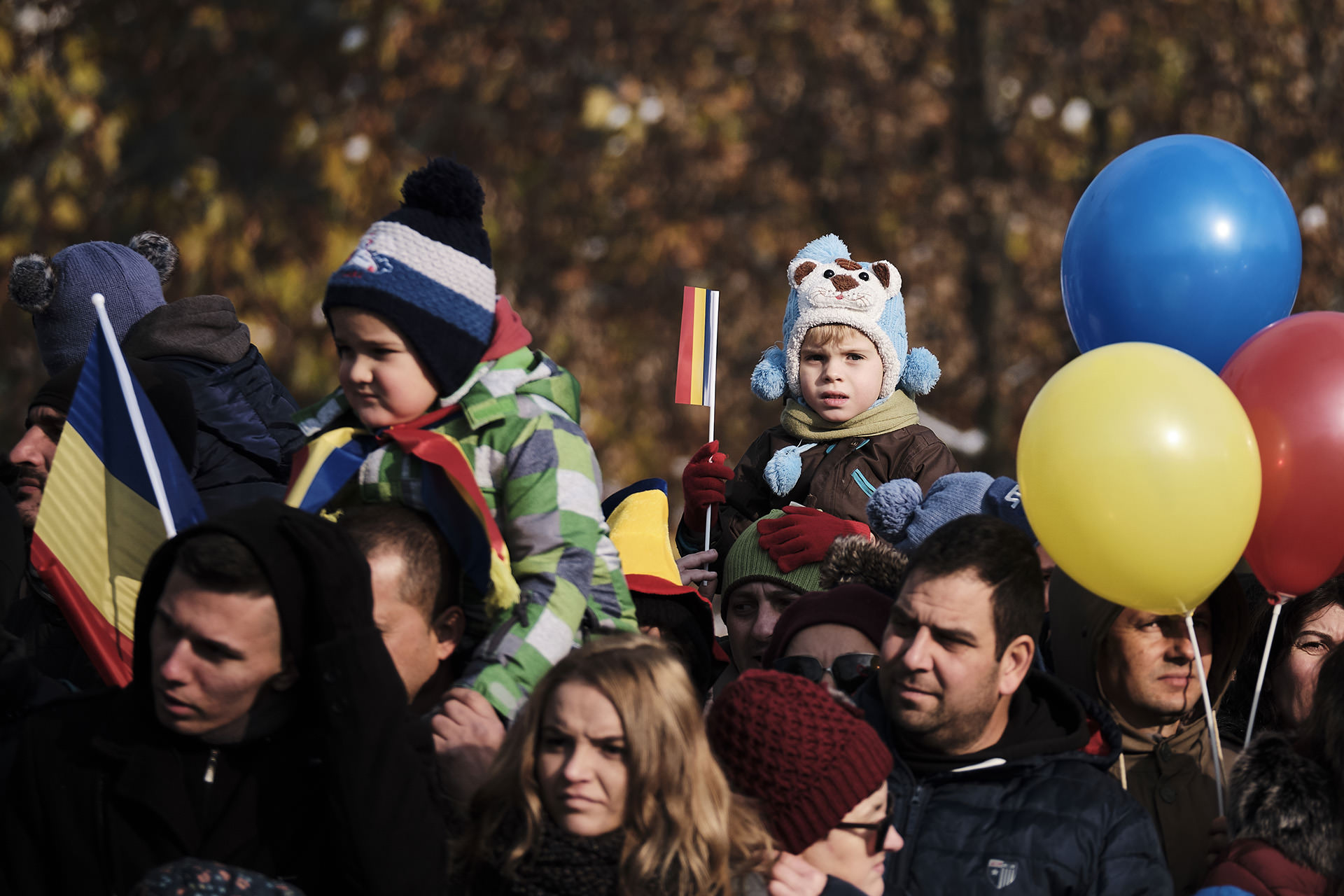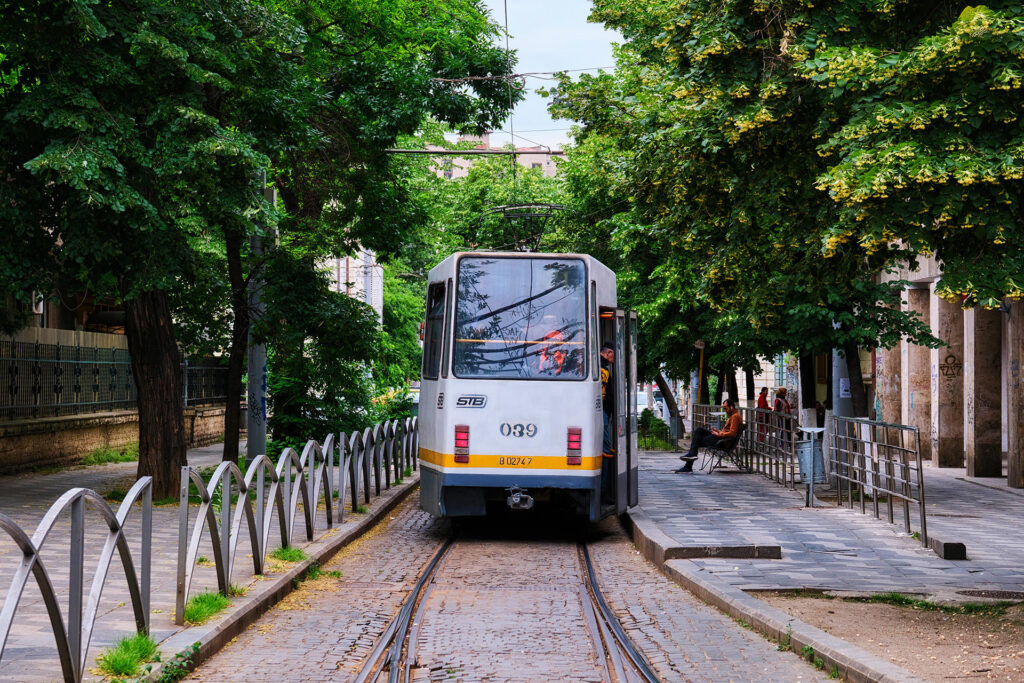Although visiting Romania is always a great idea, there are actually certain things to consider regarding the time of year a traveler would visit Romania. Weather is actually a big factor in the overall travel experience and everyone wishes to only have wonderful days with nice temperatures and clear skies. Romania has a temperate-continental climate, with four distinct seasons that can greatly influence the types of activities someone can do while traveling through this fascinating destination.’
Search for Flights to Romania on Booking.com!
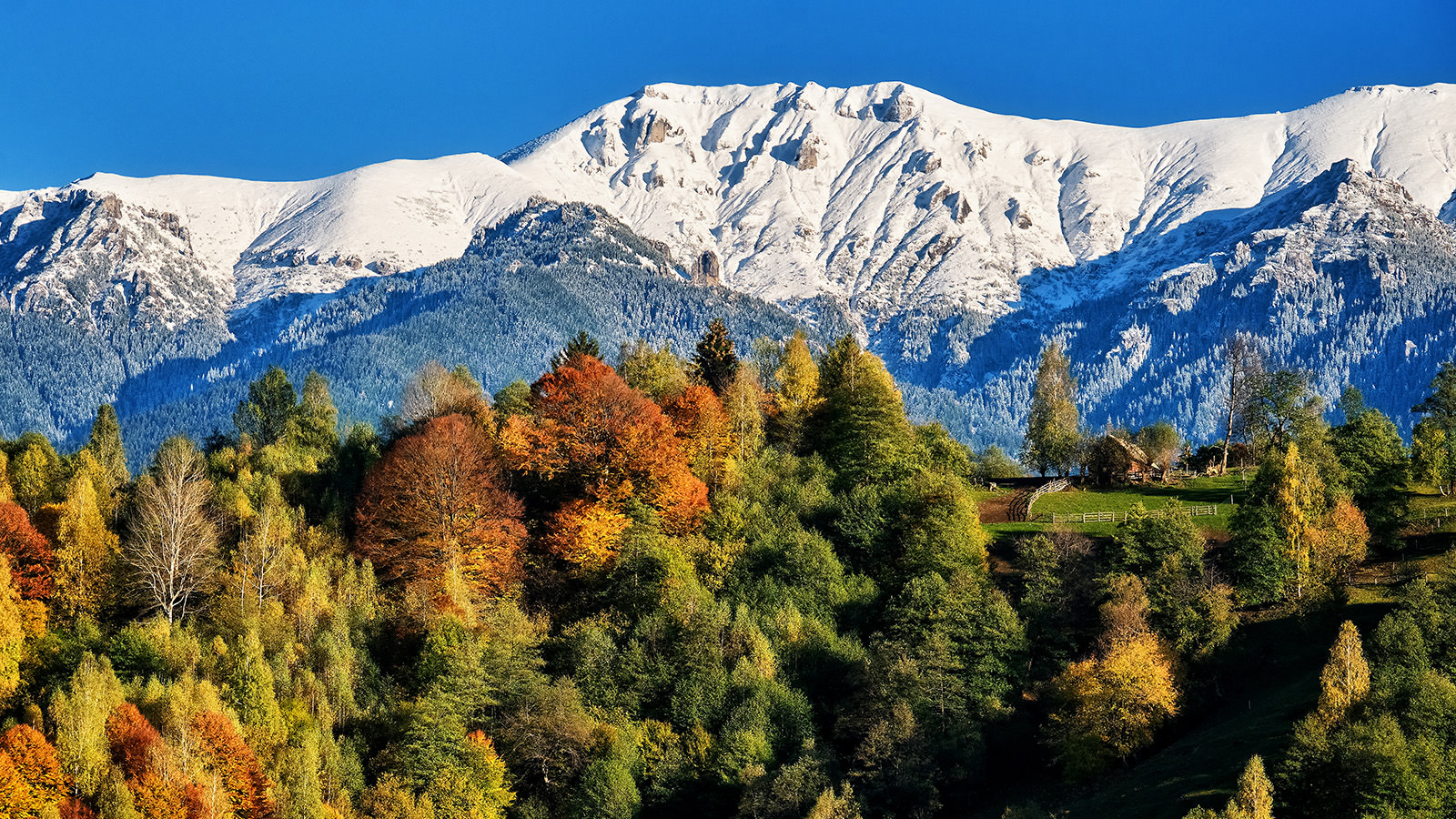
The average annual temperature in Romania is around 9-10 degrees Celsius, greatly varying with the altitude, the Carpathian Mountains being a lot colder. These temperatures also depend on each month and season, so the best time to visit Romania depends on what activities one might wish to do, as there are both seaside and mountain destinations.
In my opinion, the best time to visit Romania is late spring or early autumn! (May 1st – June 15th to September 15th – October 31st)
Visiting Romania in Summer
For most common travel purposes, summer is the best time to visit Romania, as there a lot of warm and sunny days, while not being extremely hot or humid. There are of course days in July or August when the temperatures can reach +30 degrees Celsius and it can become difficult to stay outside for longer periods. These days could be easily spent by the seaside resorts of the Black Sea or hiking along the mountain trails of the Carpathians. Most travel activities in Romania are available during the summer, as well as most tourist services being open. On the downside, summer is also the time for higher prices and crowded attractions. The mean monthly temperatures are between 20 and 22 degrees Celsius.

Visit Romania in Autumn
Those that wish to see the full splendor of fall foliage have to travel to the Carpathians before the arrival of the first snow. This usually happens later and later each year, usually around the second half of November. The temperatures are still perfect for most travel experiences in September and November, including trips to cities, the countryside or the mountains. During some years, the seaside of the Black Sea can still be excellent through September. From November, the weather begins to become more and more dreary, with cloudy skies and frequent rains. The mean temperatures decrease from 16-17 in September to 5-6 in November.

Visiting Romania in Winter
Romania has plenty of excellent ski resorts in the Carpathians, so for people looking for a slope adventure in Romania, winter might be a perfect time to visit. The months of December and January can be pretty cold and there are heavy snowfalls in the mountains, sometimes in the whole country, although rarer in the last years. Nevertheless, except for Christmas and New Year, there are not many things to see or do in Romania during the winter other than skiing. The mean temperature of winter is around 0 degrees C, while there are also days with -20 degrees C or even lower.
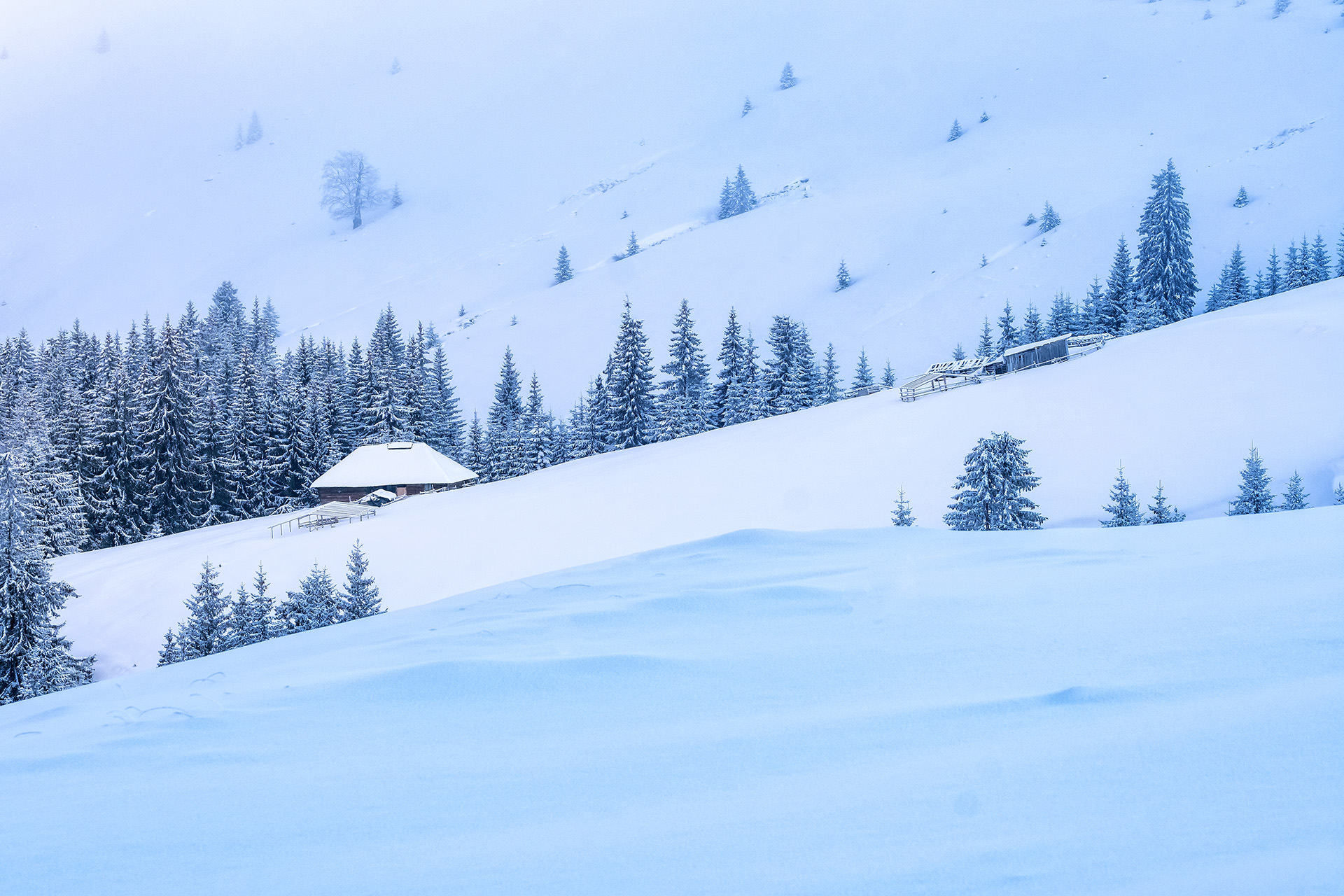
Visit Romania in Spring
Starting with April, the weather begins to warm up again the nature is reborn in the hills and fields of Romania. Spring is an amazing time to explore the countryside of Romania, with blooming trees and green meadows, while the peaks of the Carpathians are still snowcapped. Hiking in the high mountains is usually not a good idea at the beginning of spring due to risk of avalanches. The seaside holiday season usually starts after the 1st of May. Temperatures are perfect for outdoor activities, although nights can still be rather cold all the way to May. The mean temperatures of the spring months are between 6 and 16 degrees C, while there are also particularly cold or hot days depending on other factors.
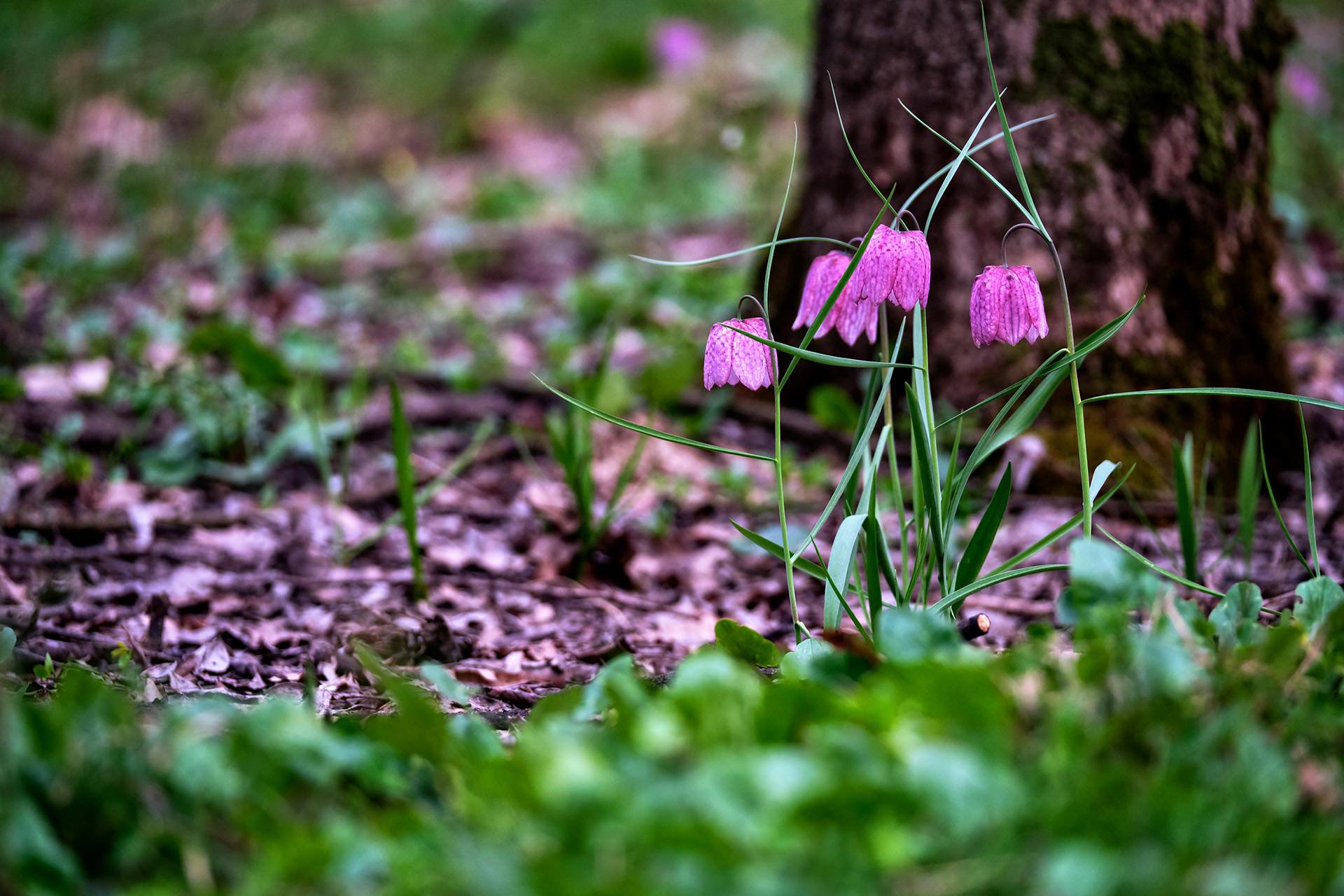
Important Holidays in Romania
• Christmas – One of the most important holidays for Romanians, it is celebrated by the Orthodox majority on the 25th of December, although the celebrations usually start on the 24th and last to the 27th. This is a great time to visit Romania for those who wish to enjoy the authentic traditions, with groups of children and even grownups still holding old authentic customs in the countryside. They go from house to house, singing carols and special plays around Christmas time. Each family holds special meals on Christmas and Christmas Eve, with a lot of traditional food. The cities are lit up with fascinating displays all the month of December, holding Christmas markets and carols can be heard everywhere.
• New Year – Romanians usually have the biggest parties for New Year, gathering for organized events in restaurants, with groups of friends or with the enlarged family. There is a lot of eating, drinking and dancing for the New Year’s celebration that is generically called Revelion by Romanians. These parties are usually extremely cheer and particularly long, lasting until the next morning. Although not entirely legal, beware that all kind of firecrackers and fireworks are used at midnight, sometimes without any safety precautions. The New Year celebrations can also continue into the first few days of January, with
• 1st and 8th of March – One of the more traditional holidays of Romania is the 1st of March, the celebration of Spring, when people exchange small tokens of various spring and love symbols. These are called mărțișor in Romanian and are usually gifted by men to women. These symbols are a sign of spring are supposed to give the wearers health for the rest of the year. They are usually accompanied by small red and white strings are worn as talismans on clothes. The Mărțișor tradition is very old and can only be found in Romania and Moldova, being related to the martenitsa tradition of Bulgaria. It has been included in the UNESCO immaterial cultural heritage. On the 8th of March, Romanians celebrate the international Women’s Day and all women usually receive flowers or gifts.
• Easter – Together with Christmas, this is the most important holiday of Romanians, celebrated over the course of several days in Spring. It does not have a specific date and varies each year, but it always involves preparing a lot of food and enjoying feasts, but also has a more spiritual side. Most Romanians go to church during the night before the Easter day and receive the light that symbolizes the Resurrection of Christ. Many people also feast for various periods of time before Easter and there is a big lunch meal with a lot of traditional recipes. Among the authentic traditions that are still kept, the red painted eggs can be found on all Easter tables, usually together with roasted lamb, sarmale, cozonac and other delicious foods.
• 1st of May – Labor Day is a special holiday for Romanians as it usually means that everyone has a few days off from work, meaning that the warm season can begin. Young people sometimes head towards the seaside for the first weekend of the year, while families and friends have barbecues and parties outdoors. Most services and businesses are closed during this day if it is during the week. Labor Day was even a greater celebration during the Communist Era, with massive parades.
• 1st of June – Children’s Day is also celebrated in Romania, usually with parents having a day off from work to spend together with their kids. There are usually special events and spectacles held in public spaces, free museum or theater entry for children and more.
• 1st of December – The National Day of Romania is a great time to visit, as there are many events happening throughout the country. Many cities organize military parades, the most impressive being in Bucharest and Alba Iulia. There are also other events held throughout the country, including music concerts and traditional markets.
